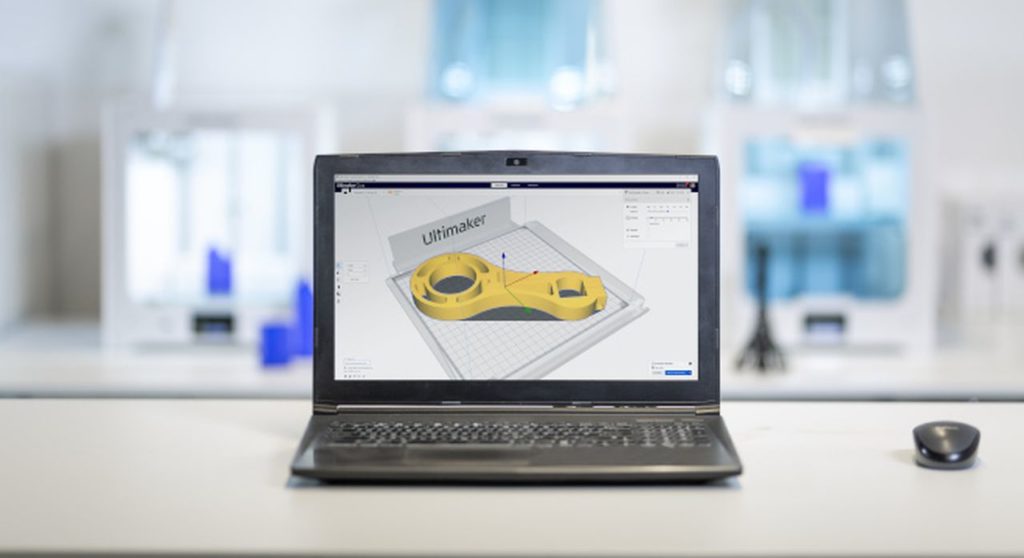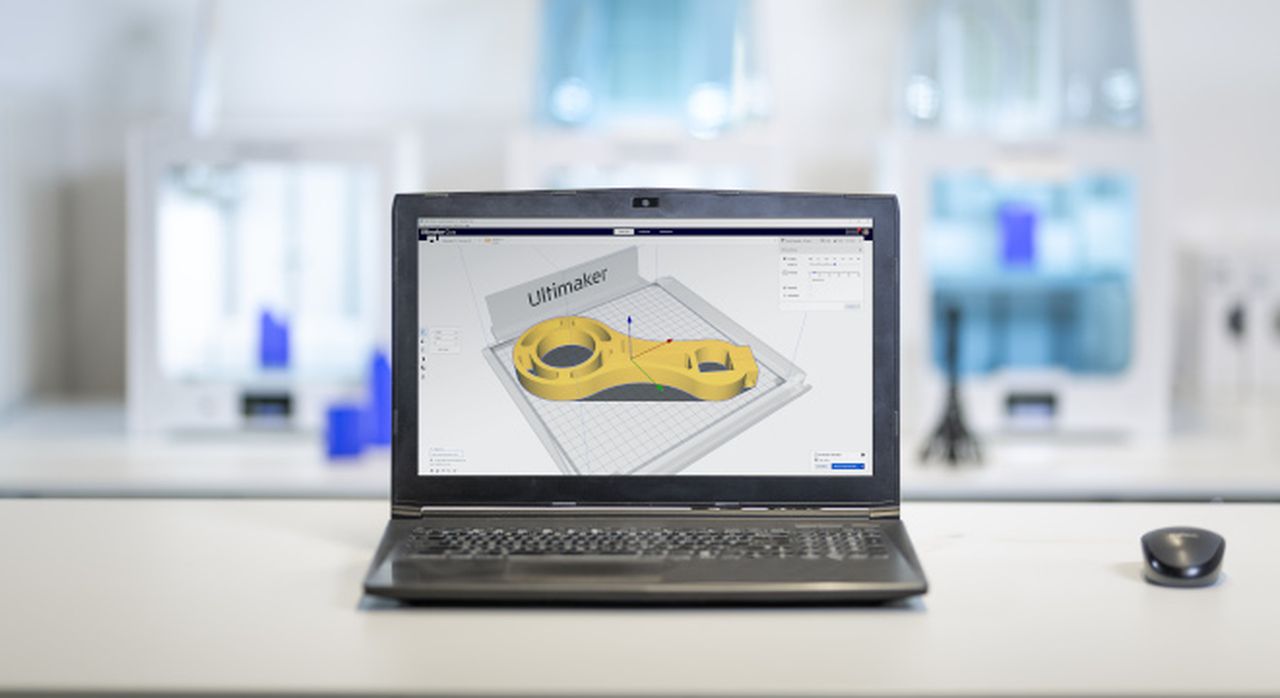
Ultimaker has organized a big announcement for a new slicing engine in their Ultimaker Cura system.
On April 21st, the company’s CEO, Jürgen von Hollen, is expected to provide details of the new software among other announcements, apparently including some new products. Evidently this will include mention of a form of metal 3D printing that presumably will become available on Ultimaker equipment.
But what’s most interesting to me is an announcement of a new version of Ultimaker Cura, the open source slicing software built by the company and used not only by Ultimaker, but by countless other 3D printer manufacturers and operators across the globe.
Thus, when Ultimaker makes changes to Ultimaker Cura, it affects not only their own company, but also all the other companies using the same software.
Ultimaker said:
“We’ll also introduce the latest release of Ultimaker Cura, with an all-new slicing engine that enables higher quality printing of finer details for all users. The new release will be available to download for free as soon as the event ends.”
What is expected to be in the new software? It is most likely their new “Arachne Cura Engine”, which has been in beta test since last fall. Evidently it has been honed and now ready for inclusion in the mainline software release.
Arachne provides a superior way to handle thin walls in 3D prints, which are most often a challenge for slicing programs. They explain:
“For example, suppose you have a 1mm nozzle, but your geometry is a long thin piece of approximately 4.4mm wide. If you just start filling that thin piece using 1mm lines from the outside inward you will end up with a 0.4mm gap in the middle, while it’s very hard to print a 0.4mm line with a 1mm nozzle.”
The new Arachne Cura Engine is able to overcome this by dynamically adjusting the extrusion line diameter to best fit the situation. In the example above, it would change the extrusion width to exactly 1.1mm, four of which would produce a completely solid 4.4mm wall. Of course in practice this would be happening on a dynamic basis and changing as the geometry demands.
The software allows the operator to choose how these situations can be handled. For example, in the above example an alternative approach would be to print a 0.4mm line in the middle to fill the gap between four 1.0mm lines.
Six new print settings will appear that allow the operator to control aspects of this new capability.
I’m quite interested to try the new Ultimaker Cura when it is released on April 21st. You will be able to watch the announcement yourself on that day at 1000 EDT / 1600 CEST on the company’s YouTube channel.
Via Ultimaker

